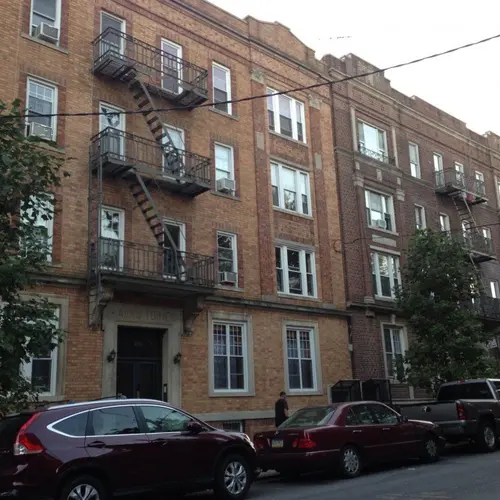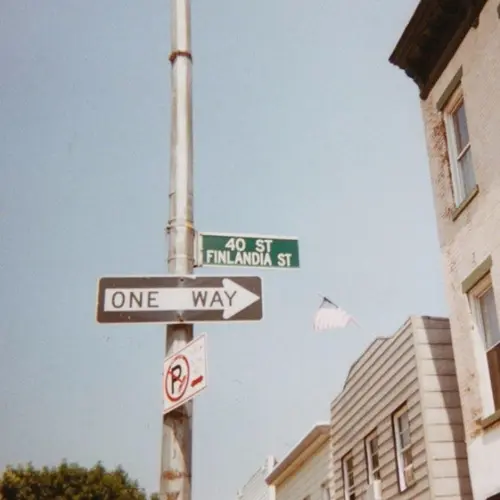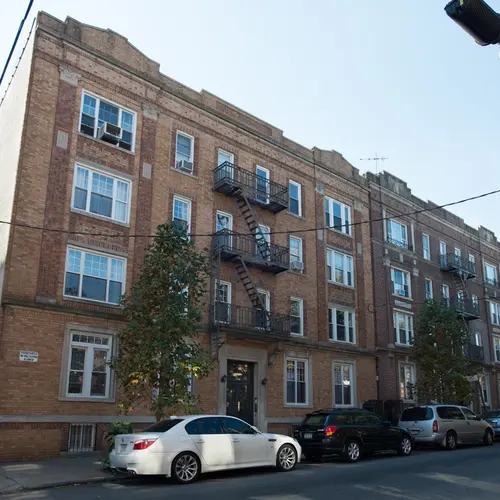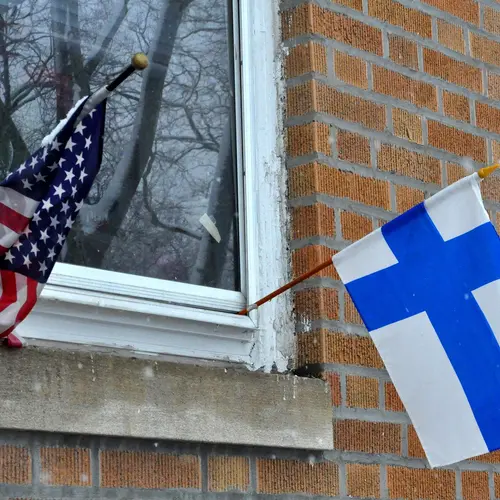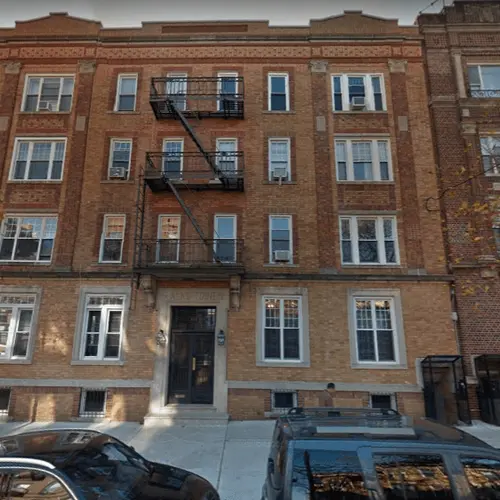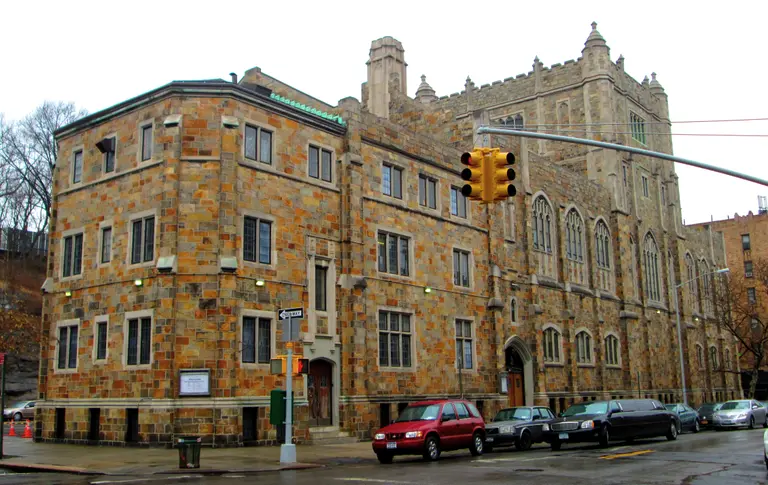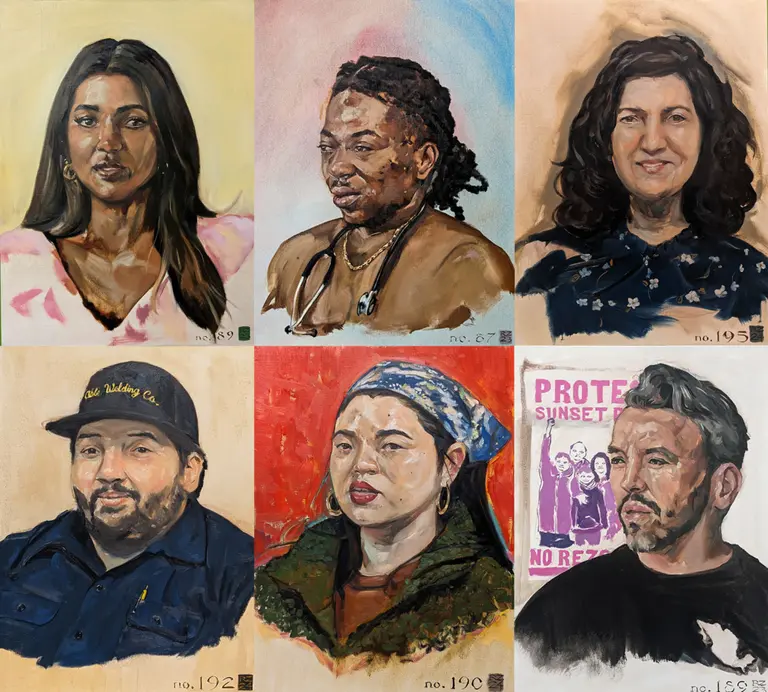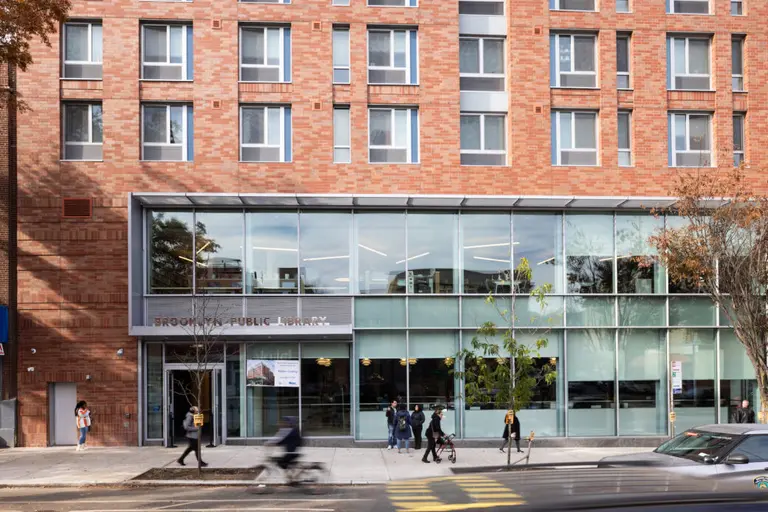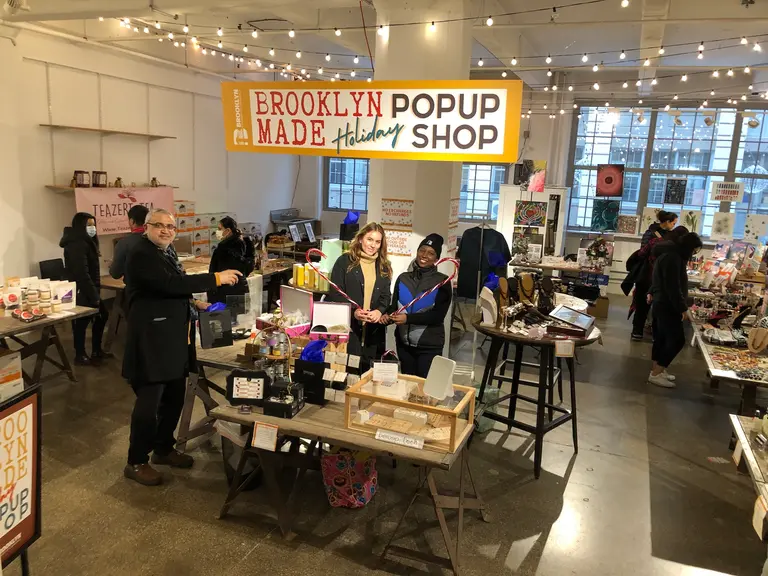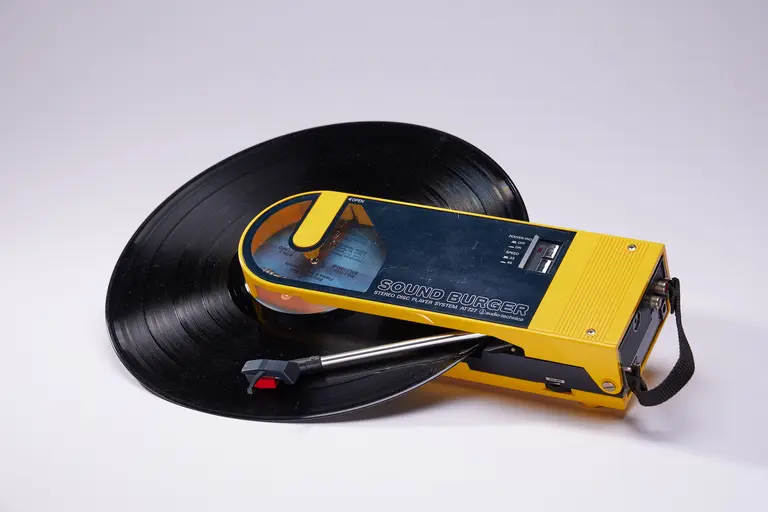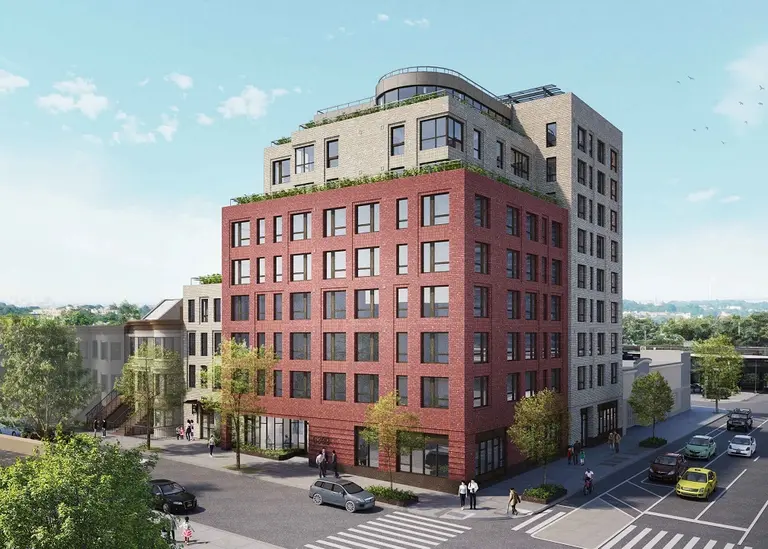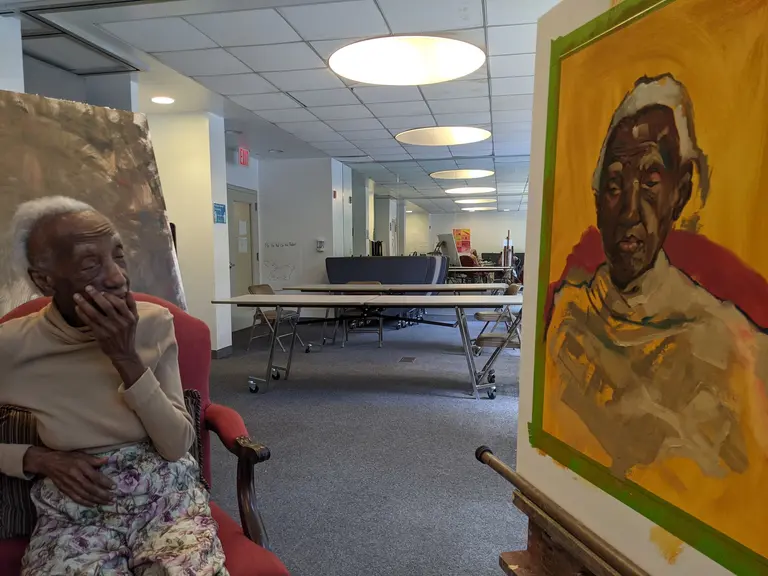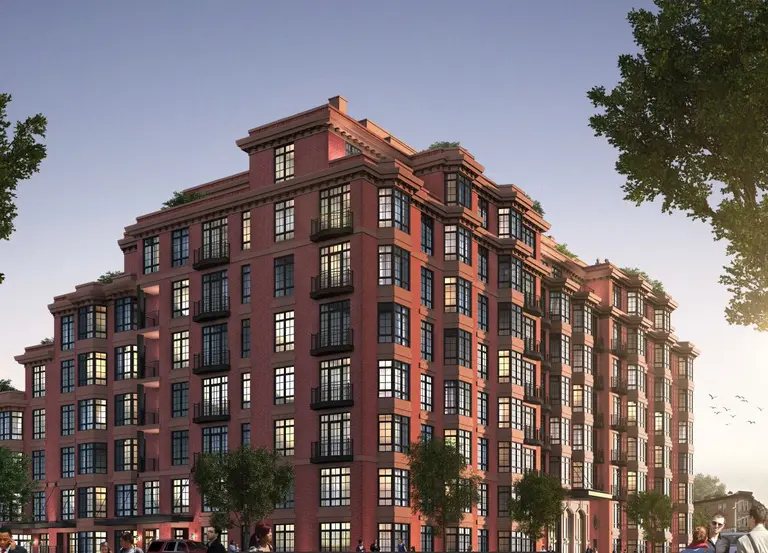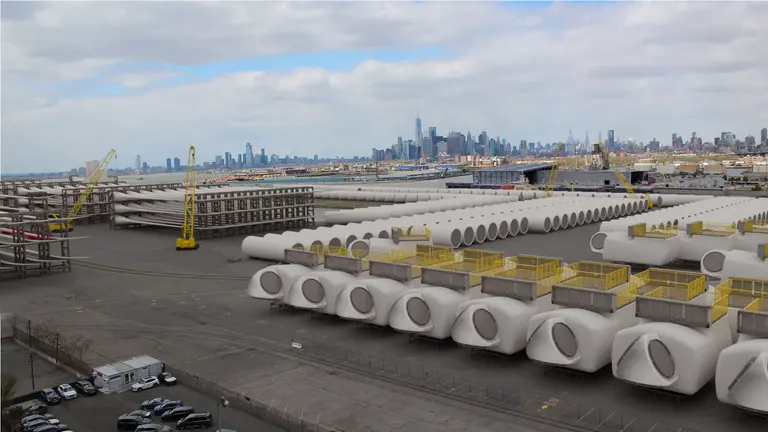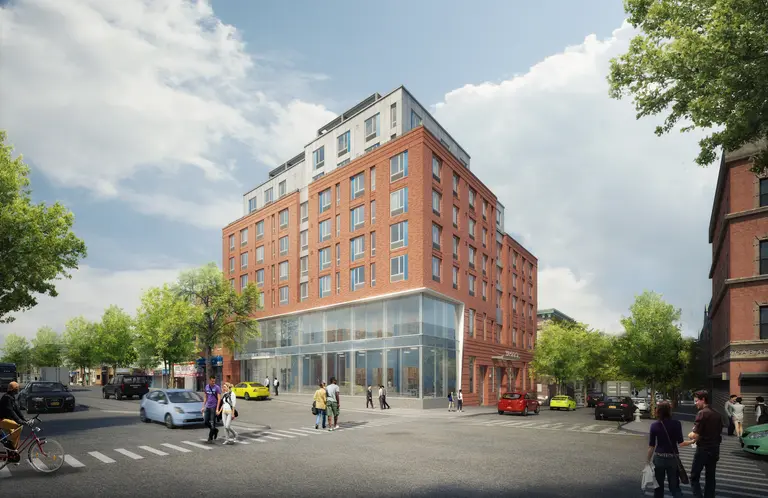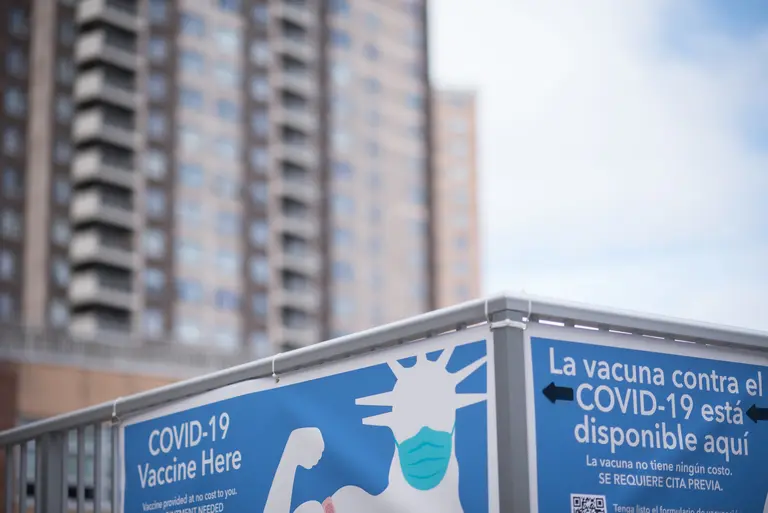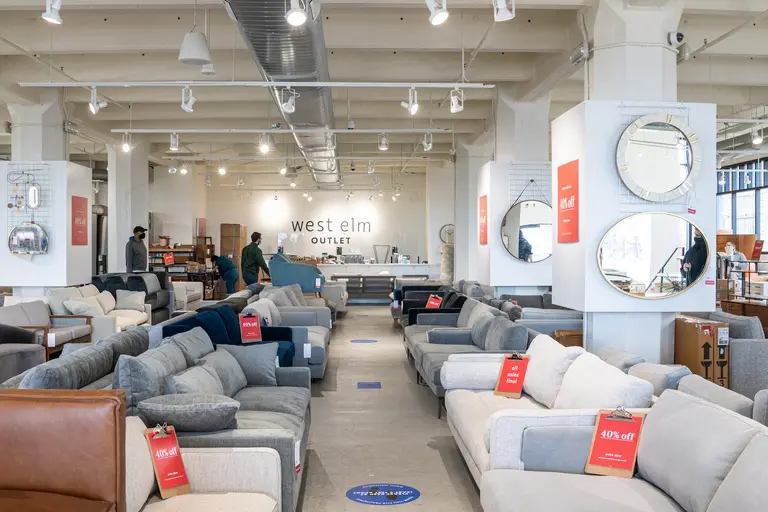In the early 20th century, Finns in Sunset Park created NYC’s first not-for-profit co-op
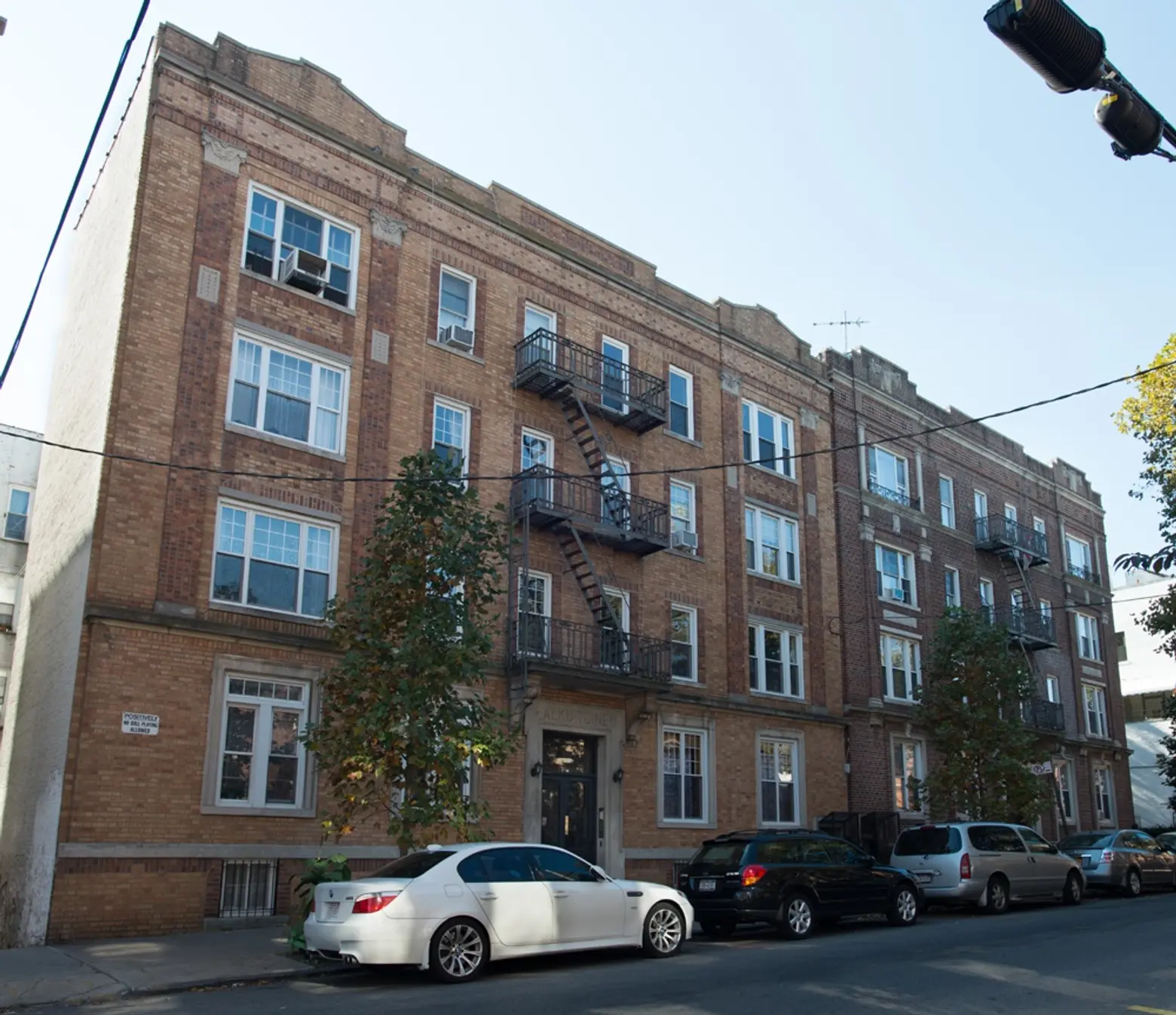
Streetview of Sunset Park’s Alku Toinen, photo courtesy of Lynn Massimo via HDC
While the co-op movement officially began in Europe in the late 1800s, its legacy as the dominate housing choice in New York City continues today, all thanks to the large groups of Finnish immigrants that landed in Brooklyn’s Sunset Park during the first half of the 20th century. Instead of renting the typical tenement-style buildings of the time, a group of 16 Finnish families decided to combine their resources and set up a housing cooperative called the Finnish Home Building Association in the South Brooklyn neighborhood in 1916 (h/t WNYC). Just over 100 years later, the Finn’s idea of co-ops, which spread quickly throughout the five boroughs, remains prevalent in the city today.
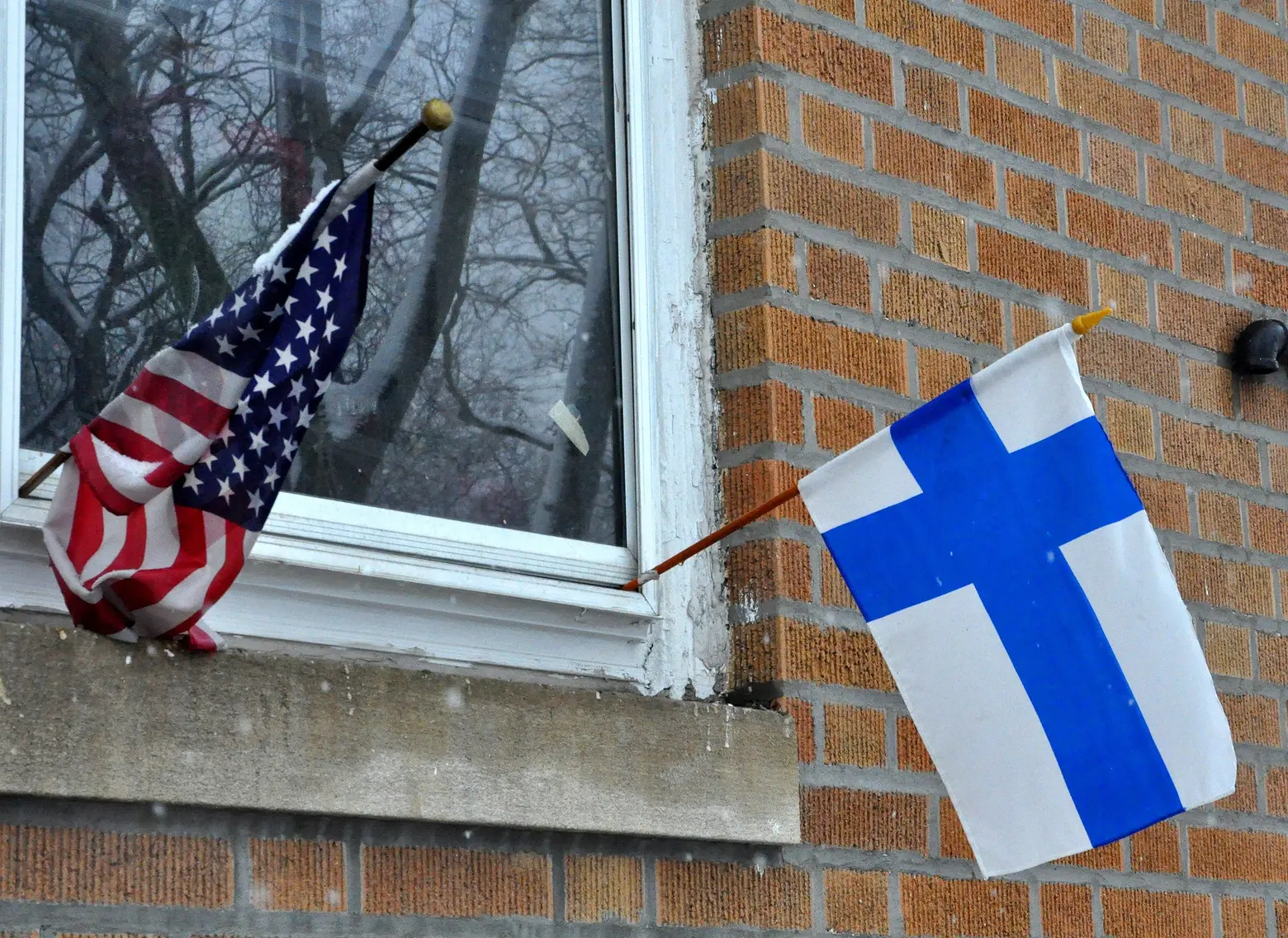
Remnants of Finnish culture found in Sunset Park, photo via Michael Fleshman on Flickr
Before Sunset Park became known for its Finnish culture, working class Finns first settled in East Harlem. In the beginning of the 20th century, many Finnish businesses could be found along 125th Street between Fifth Avenue and the Harlem River. The only building in Harlem with a Finnish connection that remains today is the Fifth Avenue Hall on 127th Street and Fifth Avenue. The spot served as the headquarters for the local Finnish Socialist party, but also as a place for social gatherings. While the structure remains, it has since been turned into luxury apartments.
New York’s first “Finntown” faded quickly after many Finns relocated to Sunset Park. It was here where the not-for-profit co-op housing movement was born. In Brooklyn’s Finntown, two buildings called the Alku (Finnish for “beginning) and Alku Toinen (Alku II), were built in 1916, modeled after the European tradition of limited equity co-op buildings. Nearly a decade after those buildings were first built, Sunset Park became home to 25 other housing cooperatives, including a cooperative shopping complex with a restaurant, meat market, bakery and grocery store. The idea of co-op housing was so unfamiliar, New York State’s Department of Agriculture regulated them instead of the housing department.
These Finnish co-ops were operated and owned by the residents that lived there. Like the Mitchell-Lama co-ops that the city started building in the 1970s, these apartments were not allowed to be sold for a profit. By the late 1920s, the 25 housing cooperatives held roughly 10,000 Finns. Between 1917 and 1940, about 50 structures were created by the Finns.
A New York Times article from 1972 wrote that Brooklyn’s Finntown was “losing its flavor.” The decline in Finntown happened as Finns moved elsewhere in New York and beyond. According to Mika Roinila, a geography professor with a specialty in Finnish migration, Finnish cultural communities in New York faded because of assimilation. “There are a lot more Polish and Russian Americans than Finnish Americans, and they are able to hold on to their identities better,” Roinila told Finnish website, This is Finland. “However, there are also a lot more Americans with German ancestry, but you don’t see a lot of German neighborhoods out there. They have assimilated, like the Finns.”
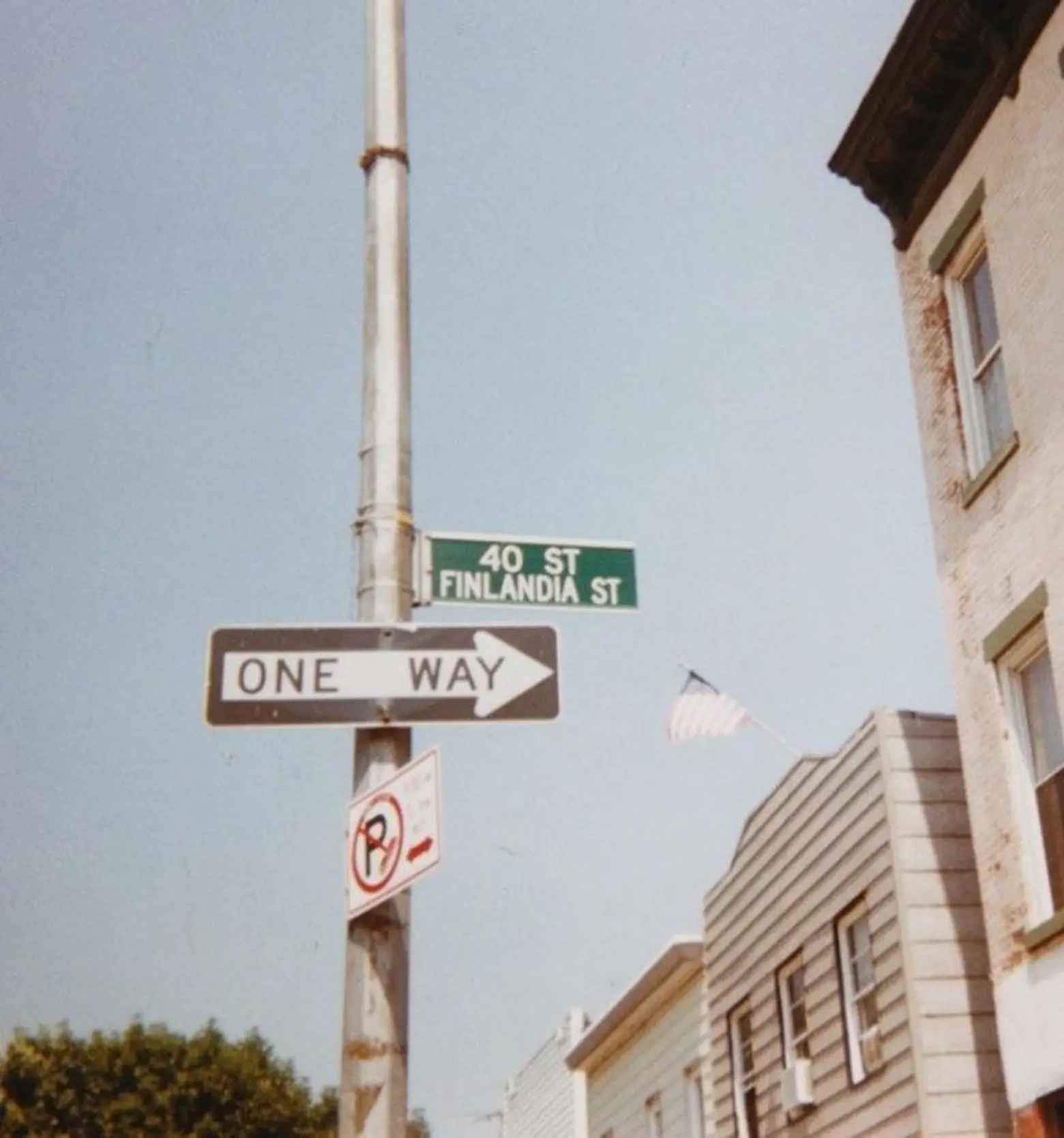
40th Street in Sunset Park was co-named Finlandia Street in 1991, photo via Wikimedia
Today, not many traces of Finntown exist in Sunset Park. But in 1991, 40th Street in front of the Imatra Hall was co-named as Finlandia Street in remembrance of the thousands of Finns who lived in Brooklyn.
[Via WNYC]
RELATED:
